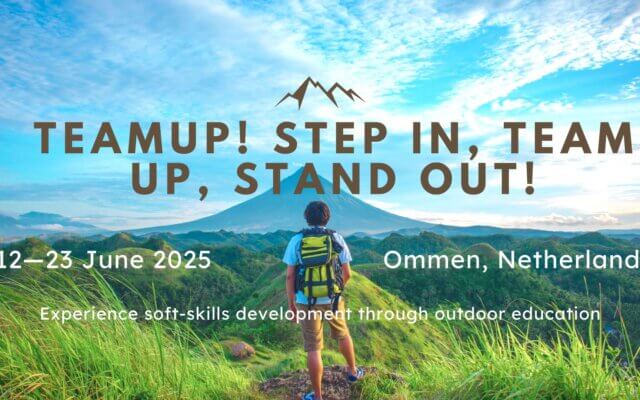ERASMUS+, Key action 1: youth exchange
Venue: Murzasichle, Poland
Dates: 22—29 September 2024
Czech team: 7 participants + 1 group leader
Please read the info-pack. Please also check out the project’s:
- Facebook: https://www.facebook.com/
people/Youth-Association- Feniks/61552777577247/ - Instagram – Just starting out! Join us on our new journey! Please follow.
https://www.instagram.com/
youthfeniks/ - Video: https://youtu.be/w3VkzdRa07g?
si=opviJDpCfYsYnwG6 - Photos & materials: https://drive.google.com/
drive/folders/1QEOmceepX- UHUKMAeCefFAjfHvlL1F0a?usp= sharing
Hosting organisation: Feniks Youth
Project report:
Our project, held in the village of Murzasichle in Poland from September 22 to 29, 2024, was not only a journey of discovery but also a deep dive into our shared Slavic identity. Murzasichle, a picturesque village nestled in the beautiful Tatra Mountains, was the perfect setting for this meeting of participants from Bulgaria, Slovenia, Slovakia, Poland, the Czech Republic, and Croatia. This international project brought together people from all these Slavic countries to explore the richness of our traditions, history, and culture.
The project focused on Slavic countries – their unique traditions, cultural heritage, food, and folk dances. It was a journey back to our roots, rediscovering our original Slavic identity. Our goal was to bridge the gap in our understanding of the legacy passed down to us by our ancestors and to deepen our knowledge of their values. Through international collaboration, we aimed to compare and connect our cultural traditions, discovering both what unites and distinguishes us.
One of the most exciting aspects of the project was learning the traditional dances of each country, which we later combined into a unique performance. We also explored Slavic deities, discussed the history of Slavic nations, and examined why most of us use the Latin alphabet today, even though Cyrillic might be a better fit for some of our languages. During interactive workshops, we also enjoyed finding words that sound similar but have entirely different meanings, revealing the rich diversity of our languages.
The project was not only filled with educational activities but also connected with nature. One unforgettable day was spent hiking to the stunning Morskie Oko lake, and the bravest among us continued all the way to another mountain lake higher up.
The evenings were dedicated to cultural nights, where each country presented its national customs, foods, and interesting facts. It was fascinating to see how rich and, in some ways, similar our cultures are. To conclude, we all went to the town of Zakopane, where we performed a group dance incorporating elements from all participating countries. We also prepared interactive activities for the local community, focused on Slavic nations, such as flag recognition, egg-breaking, a wishing tree, and painting stones with Slavic deity symbols.
This project not only allowed us to better understand other Slavic nations but also to rediscover what it means to be part of this great cultural community. We left with new friendships, inspiration, and a deeper understanding of our shared roots.
Vanda U.


